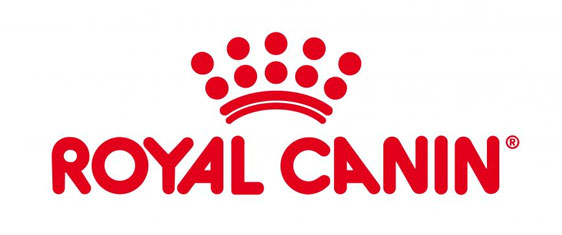Hypothyroidism Symptoms in Dogs
Doctor of Veterinary Medicine

While efforts are made to answer all questions as quickly as possible, if an immediate answer is required or if your pet is in need of urgent or emergency care, contact your pet's veterinarian immediately.
Doctor of Veterinary Medicine

You will receive an answer from Dr. Lindsay and our vet/tech team as soon as possible, usually the same day.
All answers are provided for informational or educational purposes only, and are intended to be a supplement to, and not a substitute for, the expertise and professional judgment of your pet's veterinarian.
It may be necessary to consult your pet's veterinarian regarding the applicability of any opinions or recommendations with respect to your pet's symptoms or medical condition.
CloseDoctor of Veterinary Medicine

An error has occurred, please reload the page and try again.
CloseWhile efforts are made to answer all questions as quickly as possible, if an immediate answer is required or if your pet is in need of urgent or emergency care, contact your pet's veterinarian immediately.
There is no answer related to your question
Common symptoms of hypothyroidism
- Lethargy & mental dullness
- Weight gain
- Dull, dry coat that sheds excessively
- Greasy dandruff (seborrhea)
- Bald patches on the trunk
- A bald tail with a tuft of hair at the end
- Reoccurring skin infections
- Seizures
- Infertility
Many dogs with hypothyroid disease slowly become lethargic and gain weight. In many cases, they are mentally slow. Over time, their hair becomes dull and greasy; then it begins to fall out, especially over the trunk. Hair is also lost along the tail, except for a tip at the end, and the pet is said to have a "rat tail." The hair falls out because the skin is unhealthy. The unhealthy skin also develops recurring infections. Some dogs with hypothyroidism become uncoordinated and infertile. They may have nervous system diseases, including seizures and nerve paralysis.
Which tests diagnose hypothyroid disease?
Blood tests
High blood lipids (hyperlipidemia) and high blood cholesterol occur in 80% of dogs with Hypothyroid Disease. About half the dogs with hypothyroidism have anemia.
Thyroid tests
T4 and free T4 tests are the best diagnosis. Some pets that are sick with other diseases may have low T4 levels, but have normally functioning thyroids. When these pets recover their health, the T4 levels return to normal. T3 levels are not helpful. If T3 or T4 are markedly elevated, the pet’s white blood cells may be attacking the hormones. This causes falsely low T3 and T4 levels. TSH levels indicate hypothyroidism if TSH levels are high and T4 or free T4 are low.
X-ray
The large intestine in cats with hypothyroidism is often dilated and full of stool. This condition is called megacolon.
EKG
An abnormal heart tracing with low R waves is common in hypothyroid pets. Some will also have slow heart rates.



























